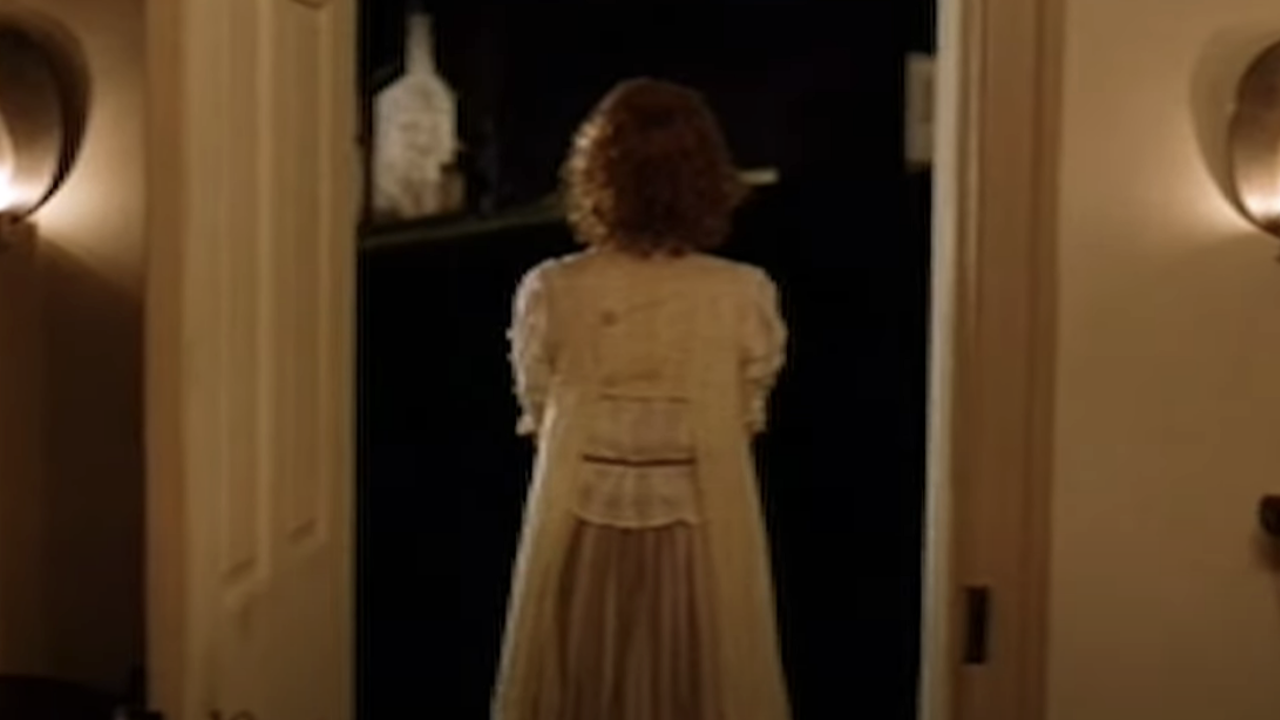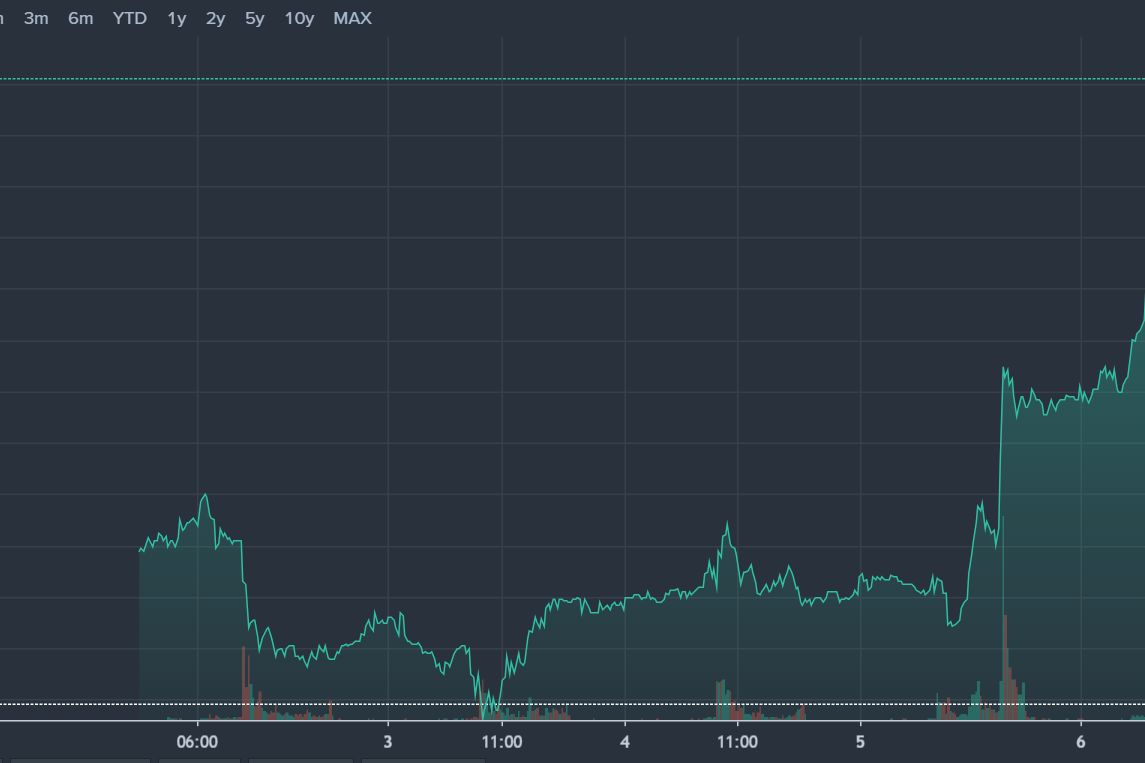M. Night Shyamalan's "The Village": A Study In Christie-esque Suspense

Table of Contents
The Use of Misdirection and Red Herrings
One of the most effective tools in Agatha Christie's arsenal is the red herring, and Shyamalan expertly utilizes this technique in The Village. The film initially presents a classic monster movie setup: a remote village plagued by mysterious creatures lurking in the woods. This immediately establishes a sense of suspense and fear, focusing our attention on the perceived threat. However, this is a carefully constructed illusion.
- The Creatures as a Red Herring: The menacing creatures, initially presented as monstrous beings, are revealed to be a carefully constructed fabrication. This is a prime example of misdirection, leading the audience down a path of false assumptions.
- The Villagers' Simple Lives: The seemingly innocent and simple lives of the villagers further contribute to the misdirection. Their traditions, fears, and daily routines are presented as the key to understanding the mystery, but these are merely superficial aspects obscuring the deeper truth.
The film employs several key scenes to mislead the audience:
- The initial encounters with the supposed creatures: These scenes are designed to build fear and suspicion, focusing our attention away from the true nature of the threat.
- The villagers' unwavering belief in the creatures: This reinforces the perceived reality of the danger, making the eventual revelation all the more shocking.
Shyamalan's masterful use of red herrings and misdirection, techniques synonymous with Agatha Christie's suspenseful narratives, keeps the audience guessing until the very end. The mystery unfolds slowly, creating a compelling puzzle that expertly utilizes suspense techniques.
Building Psychological Tension Through Isolation and Secrecy
The isolated setting of The Village plays a crucial role in creating a palpable sense of unease, mirroring the claustrophobic atmosphere often found in Christie's novels. The villagers' self-imposed isolation fosters secrecy and suspicion, adding to the psychological tension. Their carefully constructed reality is fragile, built upon a foundation of lies and unspoken truths.
- The Village's Isolation: The physical isolation of the village from the outside world mirrors the psychological isolation of its inhabitants, each trapped within their own fears and secrets.
- The Villagers' Secrets: The secrets kept by the villagers – the true nature of the "creatures," the history of their community – contribute significantly to the overall atmosphere of mystery. These secrets are potent sources of suspense, fueling the underlying anxieties.
The impact of the village's isolation and the characters' secrets is profound:
- Amplified Fears: The isolation heightens the villagers' fears, making them more vulnerable and susceptible to manipulation.
- Increased Suspicion: Secrecy breeds suspicion among the villagers, further adding to the psychological tension and fueling internal conflicts.
This psychological tension, carefully built through isolation and secrecy, is a hallmark of both Christie's works and Shyamalan's filmmaking style. The atmosphere is thick with unspoken anxieties and concealed truths, mirroring the suspenseful mystery of a classic whodunit.
Unreliable Narrators and Shifting Perspectives
Shyamalan employs unreliable narrators effectively, manipulating the audience's understanding of events, much like Christie does with her cunning narratives. The film's narrative structure shifts perspectives, creating ambiguity and uncertainty. This uncertainty is a key ingredient in the creation of suspense.
- Lucy's Perspective: Lucy, the protagonist, is not entirely reliable; her perception of events is clouded by fear and naiveté. This forces the viewer to question the information presented.
- Noah's Perspective: Similarly, Noah's perspective adds another layer of complexity, introducing bias and hidden motivations.
- The Elders' Perspective: The elders, with their cryptic pronouncements and carefully maintained control, are the ultimate unreliable narrators. They manipulate the entire village.
These shifting perspectives contribute to the narrative ambiguity, leaving the audience constantly questioning the truth. The film cleverly uses unreliable narrators to create a sense of distrust and uncertainty, keeping the viewers on the edge of their seats. This technique reflects the intricate plotting found in many Agatha Christie novels.
The Climax and the Christie-esque Reveal
The climactic reveal in The Village is a masterpiece of suspense, mirroring the surprising twists found in Christie's works. Shyamalan skillfully uses foreshadowing and subtle clues planted throughout the film to lead the audience to the shocking truth.
- Foreshadowing: Elements such as the photographs and the history of the village subtly hint at the true nature of the threat.
- Clues: The constant references to the past, the elders' warnings, and the careful adherence to tradition all contribute to the final reveal.
- The Impact of the Reveal: The revelation of the "creatures" and the villagers' history is profoundly impactful, challenging the audience's assumptions and forcing a reassessment of the entire narrative.
The reveal is not merely a shocking twist; it's a carefully constructed puzzle piece that fits seamlessly into the narrative. This Christie-esque style of storytelling ensures a satisfying and thought-provoking resolution, leaving a lasting impression on the audience.
Conclusion: A Masterclass in Christie-esque Suspense: Re-evaluating "The Village"
M. Night Shyamalan's The Village is a masterclass in suspense, successfully employing Christie-esque techniques to create a chilling and unforgettable experience. By expertly utilizing misdirection, psychological tension, unreliable narrators, and a shocking twist ending, Shyamalan crafts a narrative that resonates with the classic mystery tradition. The film demonstrates how a seemingly simple premise can be transformed into a complex and compelling exploration of fear, belief, and the power of carefully constructed deception. Rewatch The Village today, focusing on its masterful use of suspense. Let us know in the comments what you thought of its effective use of Agatha Christie-style mystery and suspense! Did you catch all the clues? What other films employ similar suspense techniques? Let the discussion begin!

Featured Posts
-
 Sueper Lig Maci Dusan Tadic In Oenemli Bir Basarisi
May 20, 2025
Sueper Lig Maci Dusan Tadic In Oenemli Bir Basarisi
May 20, 2025 -
 Man United And Arsenal Battle For Matheus Cunha Signing
May 20, 2025
Man United And Arsenal Battle For Matheus Cunha Signing
May 20, 2025 -
 Nyt Crossword Clue Solutions April 25 2025
May 20, 2025
Nyt Crossword Clue Solutions April 25 2025
May 20, 2025 -
 D Wave Quantum Inc Qbts Explaining The Monday Stock Price Increase
May 20, 2025
D Wave Quantum Inc Qbts Explaining The Monday Stock Price Increase
May 20, 2025 -
 Fenerbahce Nin Yeni Transferi Dusan Tadic Kariyer Istatistikler Ve Gelecek
May 20, 2025
Fenerbahce Nin Yeni Transferi Dusan Tadic Kariyer Istatistikler Ve Gelecek
May 20, 2025
